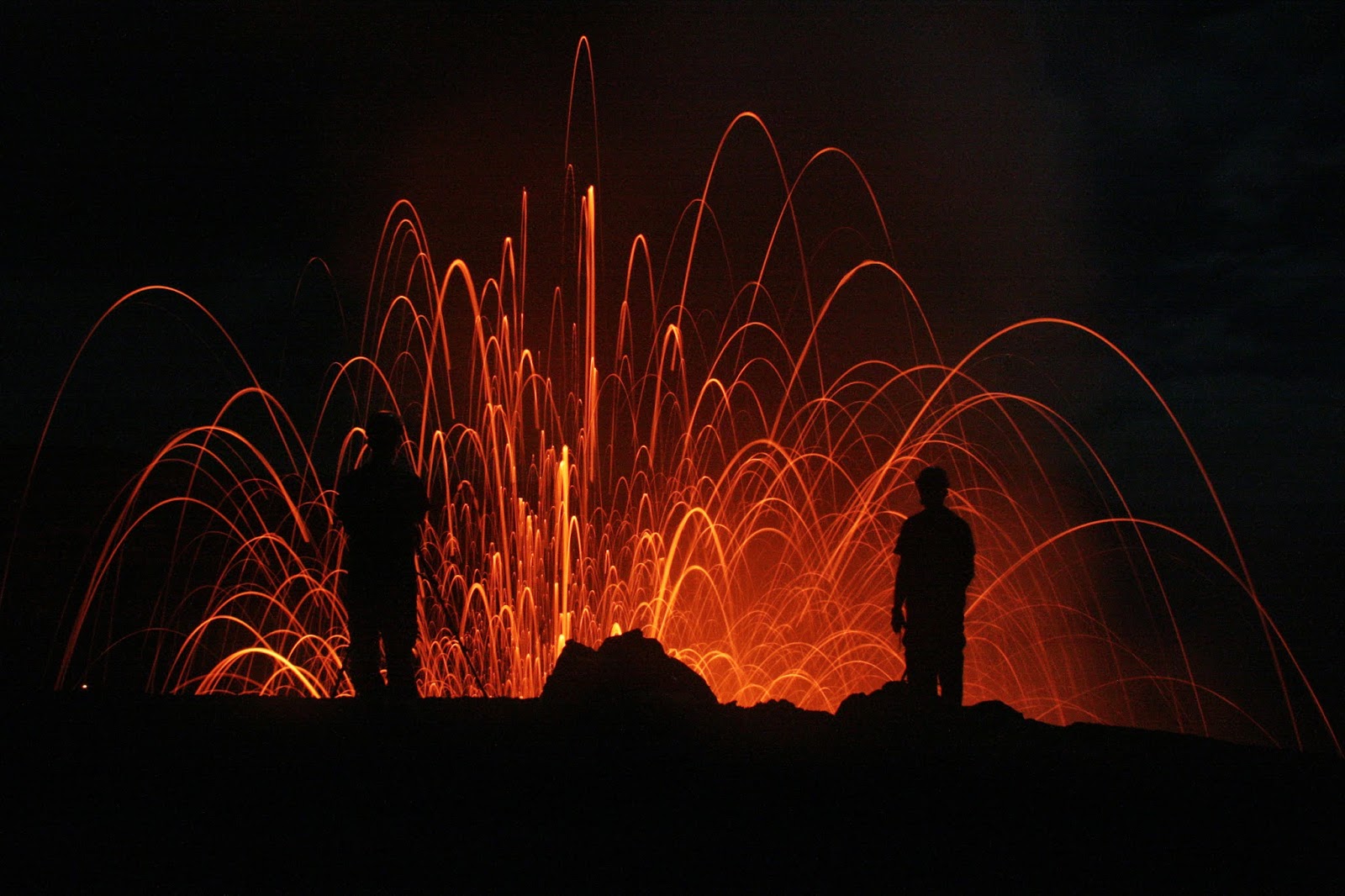WOW - engineering is essential to so much in human life. It solves every day problems with pragmatic solutions that are useable, useful and used.
People may consider engineers to:
Here's another definition:
 |
| Credit: http://www.amazon.com/ComputerGear-Engineer-Definition-T-shirt/dp/B009QR8P64/ref=pd_sim_a_11?ie=UTF8&refRID=1TE81YEM838ADXDMCQKB |
Why are there so few engineers involved in solving the problems of disaster risk and development?
The above skills strike me as a very similar set of skills that are needed in the field of Disaster Risk Reduction or DRR. To reduce disasters we need problem solvers, who can keep to a budget, who can think about future issues, who collaborate daily, who achieve results. Engineers have the attributes and inherent characteristics of the people who are needed.
So where are we?
Designing mega structures to be proud of?
Struggling for a 3% profit margin (much less than is deserved!) on city projects?
Delivering Olympic Parks?
All of these things are needed and are brilliant. But there must be more of us that care about humanitarian issues; that feel responsibility when we watch pictures on our screens of Haiti flattened by poorly designed concrete that we know, if we had designed, would have stood up and not wiped out that family. There is so much good work engineering work going on in developing countries, but there needs to be much more.
I recently attended the Pai Lin Li lecture at the Institute of Structural Engineers in London about transition shelters used by two NGOs in Ecuador and Haiti. But although these organisations are trying to provide shelter to vulnerable families, actually, they could be making them more vulnerable by providing shelter that is not engineered. And you know, engineering doesn't always make things more expensive. Actually, very often the opposite. We know how to design buildings. We know where to save on materials and where to reinforce. As a practising engineers, delivering money saving solutions is our job description!
Today I found out that Architects for Humanity are closing. Known for their great strap line 'Design Like You Give a Damn', and enigmatic founder Cameron Sinclair (here is his 2006 TED talk) this is one of the organisations that inspired me to do what I am now. So it's a sad day for them, me and for this type of work. Lack of funding is quoted to be the main issue:
"It is that humanitarian design isn't considered a fundamental right. And that today, in San Francisco, it is easier to find funding for an app than to fund an organization which transforms lives."
So, here's my challenge. Let's stand up, be engineers and deliver engineering solutions to the developed and developing worlds. Let's 'obnoxiously insist' that things are 'done the right way'.
Here are some links to some organisations that might inspire you to get involved:


